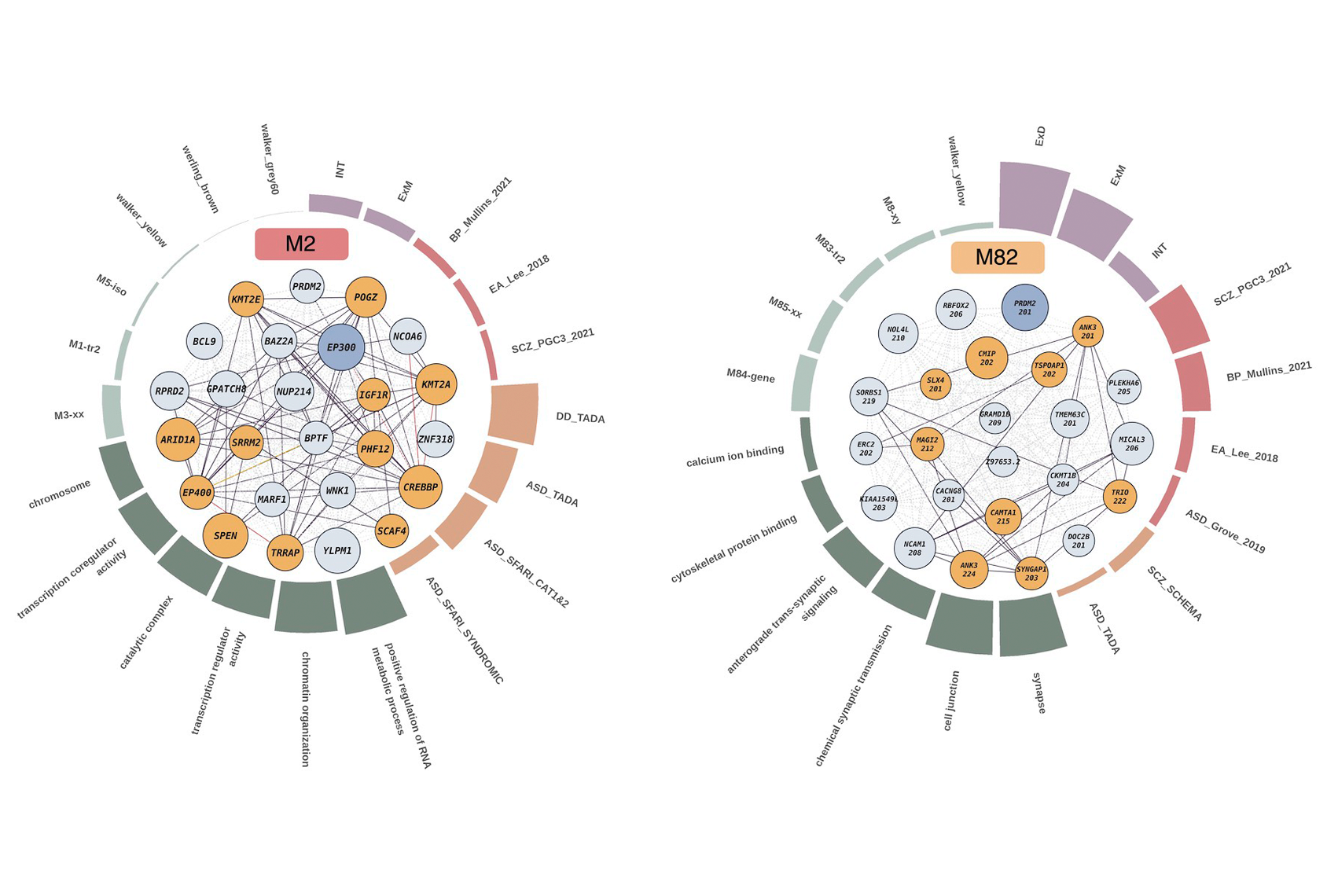An atlas derived from 672 fetal brain samples provides an unparalleled look at gene regulation in different parts of the human brain across the three trimesters of gestation.
The new tool could help identify variants that increase the chances of having autism or other brain conditions, the researchers say. It may also catalyze detailed studies of isoforms — alternate versions of proteins that often arise from the same gene but may perform different roles in the body — linked to these conditions.
The ethnically diverse dataset provides some of the best evidence to date that genes exert their strongest influence on the brain in the first half of gestation, with environmental effects becoming more important with age.
“For these neurodevelopmental disorders, the prenatal window is super important,” says Stefano Berto, assistant professor of neuroscience at the Medical University of South Carolina in Charleston, who was not involved in the study. “It has been hypothesized multiple times, but this is the first time that it has been analyzed, and it is fascinating to me.”
The atlas was created as part of the PsychENCODE Consortium, which includes researchers from 21 institutions. A report describing some of its general insights was posted on the preprint server medRxiv last month.
The new analysis extends the group’s previous work that analyzed postmortem adult brains, and it allows the researchers to identify even more genetic influences for neuropsychiatric conditions, says lead investigator Michael Gandal, associate professor of psychiatry and genetics at the University of Pennsylvania in Philadelphia. “We provide a resource for resolving two times more of those mechanisms than was previously shown with those adult brains,” he says. “This will help inform all kinds of future follow-up studies.”
G
enome-wide association studies (GWAS) have revealed thousands of points in the human genome that are associated with an increased chance of having autism or other brain conditions. But these so-called risk loci are not necessarily located in the genes that actually contribute to the conditions, nor do they necessarily influence those genes’ expression. They may, for instance, be linked to the genes simply by their proximity.By mapping gene expression patterns within the brain, the new atlas enables researchers to pinpoint which risk loci have mechanistic links to specific conditions — a first step toward identifying therapeutic targets. These new data also capture which isoforms are present.
To make a protein, cells begin by transcribing a stretch of double-stranded DNA into a piece of single-stranded RNA. They then cleave and splice together bits of that RNA so that the introns, or the parts of genes that do not code for proteins, are removed.
Different combinations of the protein-coding regions, known as exons, give rise to different protein isoforms, which can serve distinct functions. The bioinformatics tools required to catalog these isoforms at scale have become available only in the past several years.
“This is a massive undertaking,” says Anoushka Joglekar, a postdoctoral research associate at the New York Genome Center, who has worked on an isoform atlas for mouse brains and was not involved in the current study. Joglekar says she is “blown away by the amount of samples” the researchers had, which gives them significant “statistical power.”
For instance, they were able to demonstrate that the role that heritable gene regulation plays in brain development declines consistently from 10 to 18 weeks of gestation, though isoform regulation in particular proves to be most profound during the second trimester.
“We show conclusively that it is pretty important to study how genes are spliced into isoforms when they are expressed in the brain,” Gandal says. The splicing events that generate these isoforms inside cells can sometimes introduce mistakes, which would go undetected in standard gene expression assays.
One variant in the SP4 gene, for instance, which has been associated with schizophrenia risk in GWAS, produces a nonfunctional isoform when it is improperly spliced following transcription. “We would have missed that if we only knew that the levels of the gene went up or down,” Gandal says. “You have to go locus by locus and look in detail what is happening with each one.”
Berto says that the next step would be to identify gene variants of interest and then model those genes in an organoid created with prenatal brain stem-cell tissue. “This is really important for therapeutics,” he says.






